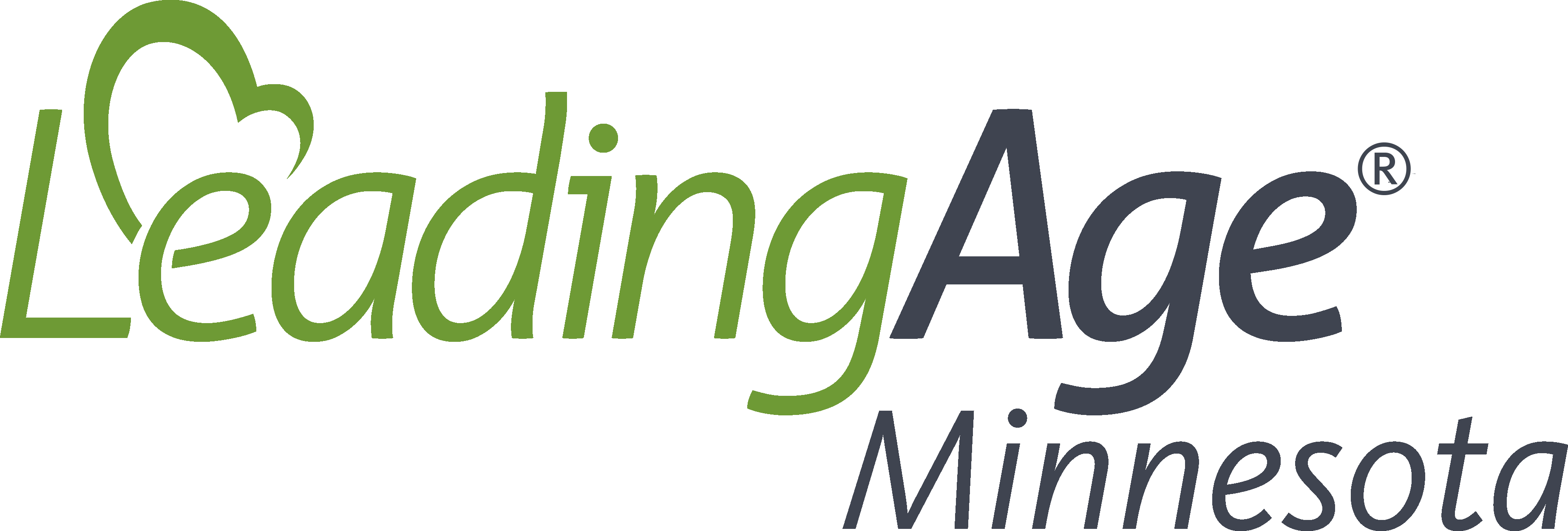Federal Aid Package Faces Uncertain Future
Posted on December 23, 2020 by Jeff Bostic
On Monday evening, the Congress passed a $900 billion COVID-19 relief package that includes provisions that provide some additional assistance to long-term care providers. However, last night President Trump threatened to derail the bill and called on Congress to send a more suitable bill or wait until the next administration to deliver a COVID relief package.
While the future of this legislation is somewhat unclear, we are somewhat disappointed in the provisions that have been set forth in this latest stimulus package. The package does not include the financial resources necessary for long-term care providers to continue responding to the impact of the pandemic which has driven down revenue while increasing the costs required to keep residents safe and healthy. In particular, the mostly depleted Provider Relief Fund (PRF) needs far more funding than the paltry amount included in this legislation. Moreover, we are disappointed that reasonable liability protections were dropped from the bill’s provisions.
The bill, includes the following items of note:
- $22.4 billion in testing and tracing; long-term care providers are included in a large list of other entities that will also qualify for this funding
- $3 billion added to the Provider Relief Fund (PRF)
- $284 billion added for Paycheck Protection Program (PPP) small business loans
- A three-month extension (through March 31, 2021) of the suspension of the 2% sequestration cut for all Medicare services
We are pleased to see the inclusion of additional funding for expanded COVID-19 testing and tracing for long-term care providers in the package, but the funding allocated for the PRF falls woefully short of what is needed.
While the PRF funding in the legislation is extremely disappointing, there are a couple of positive policy changes. The legislation allows providers to calculate their lost revenues using a budgeted to actual revenue comparison instead of the actual year-over-year comparison currently required by HHS. It also allows parent organizations to reallocate all PRF among its subsidiaries and directs HHS to use 85% of new and remaining PRF dollars to cover providers reported financial losses and changes in operating expenses through first quarter of 2021. To actually cover the lost revenue and increased costs through that time frame would require a much larger appropriation than the $3 billion in this legislation.
The additional funding for PPP loans is one of the best features of this legislation. Businesses who are eligible for Small Business Administration loans, including not-for-profits, can get a first or second PPP loan. Businesses seeking a second loan must demonstrate a reduction in gross receipts of 25% from 2019 to 2020. Loans under this legislation will be two and a half times monthly payroll up to $2 million, with similar requirements for loan forgiveness as previous PPP loans. As in the first round, second round applications can be made through commercial banks.
It is also notable that the package does not include an extension of paid leave requirements of the Families First Coronavirus Response Act. The FFCRA mandated leave provisions are set to expire on December 31, 2020. However, the stimulus package does continue employer tax credits for paid leave until March 31, 2021. In other words, under the newly-passed stimulus package, if an employer chooses to allow employees to take paid leave for reasons that would have been covered under the FFCRA, the employer can claim a tax credit for providing this leave through March 31, 2021. Employers should note, however, that the stimulus package does not increase the total amount of tax credits an employer can claim overall. This means that tax credits claimed for leave taken before December 31, 2020 will count towards available credits that employers may claim for leave taken through March 31, 2021. The new stimulus package prompts several additional questions for employers who may have employees on FFCRA leave. We are working with Felhaber Larson to provide additional information and guidance on these issues. Regardless of whether or not employers choose to voluntarily provide paid leave under the terms of the former FFCRA after it expires on December 31, 2020, employers should still be mindful of any applicable local paid leave regulations and PTO policies, in addition to general FMLA and ADA considerations.
Comments
Add a comment
Members must sign in to comment
You must be a member to comment on this article. If you are already a member, please log in. Not a member? Learn how to join »

No one has commented on this article yet. Please post a comment below.